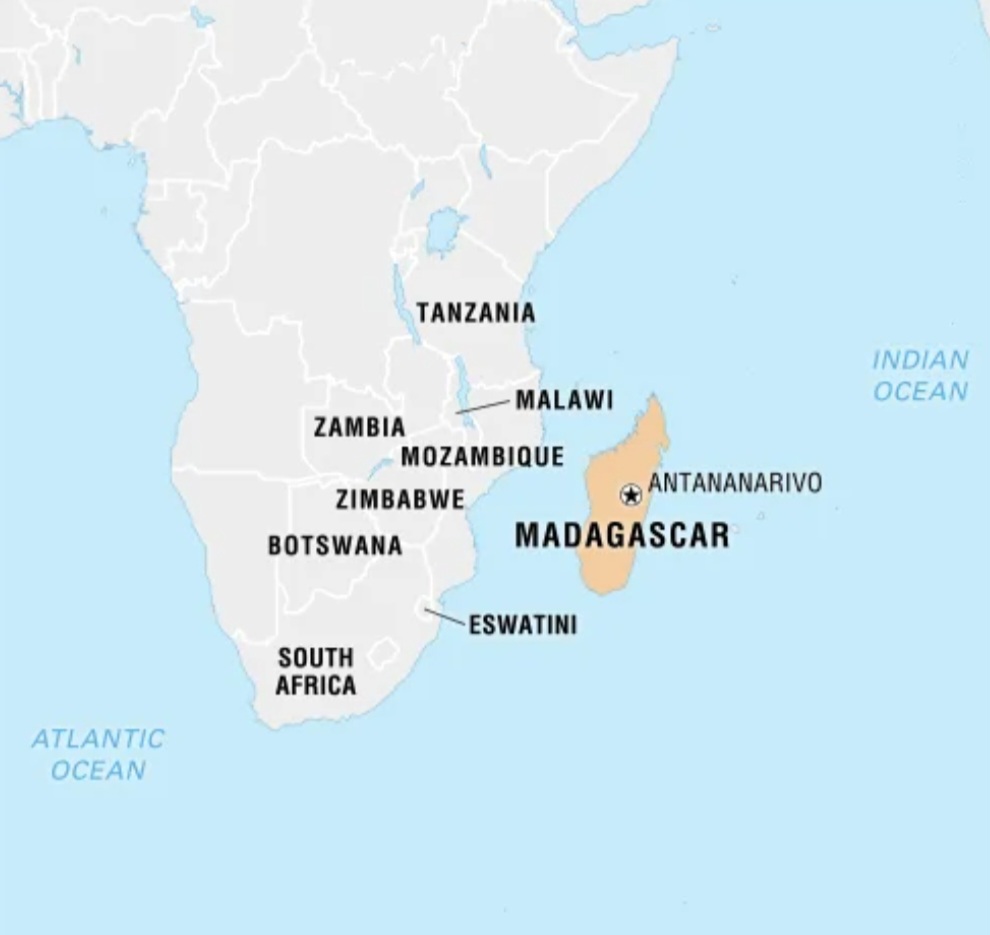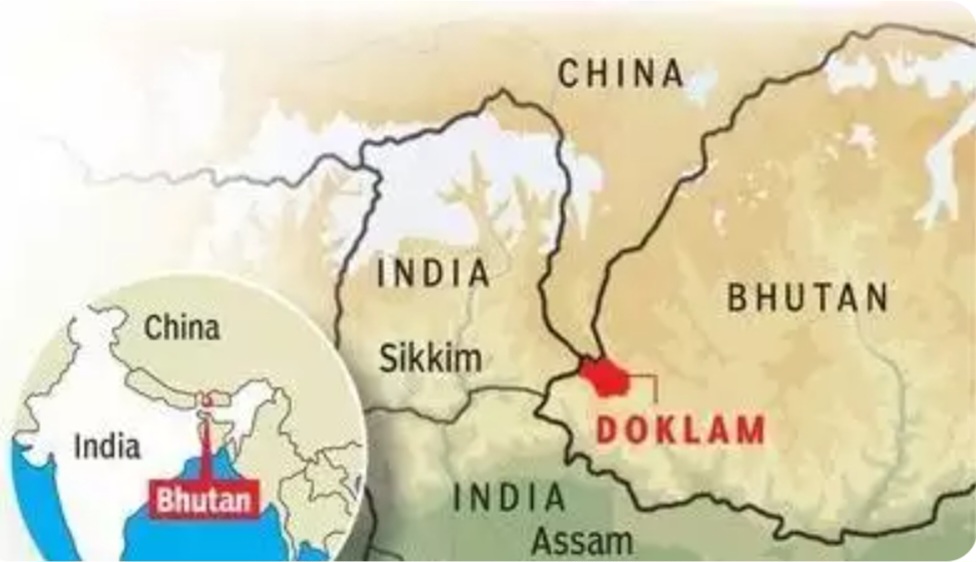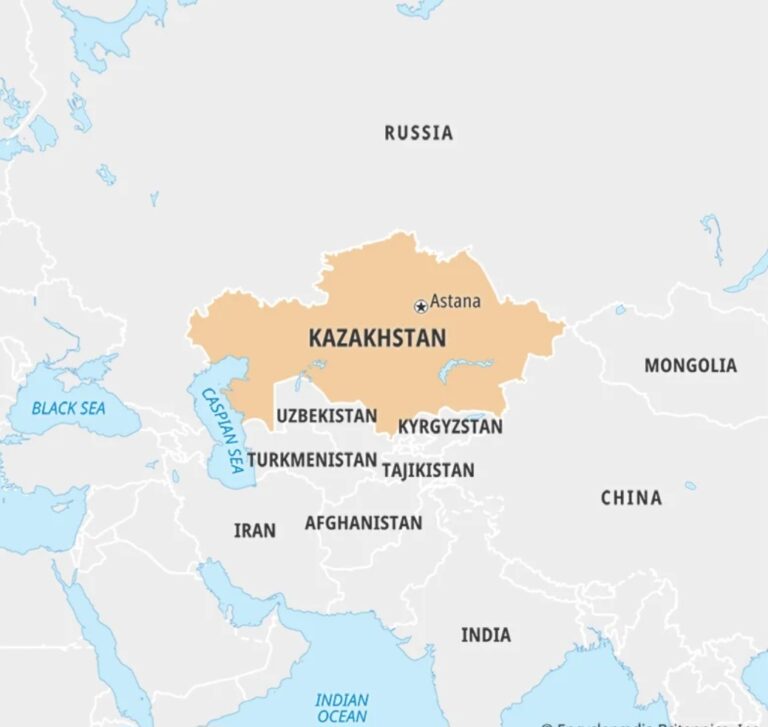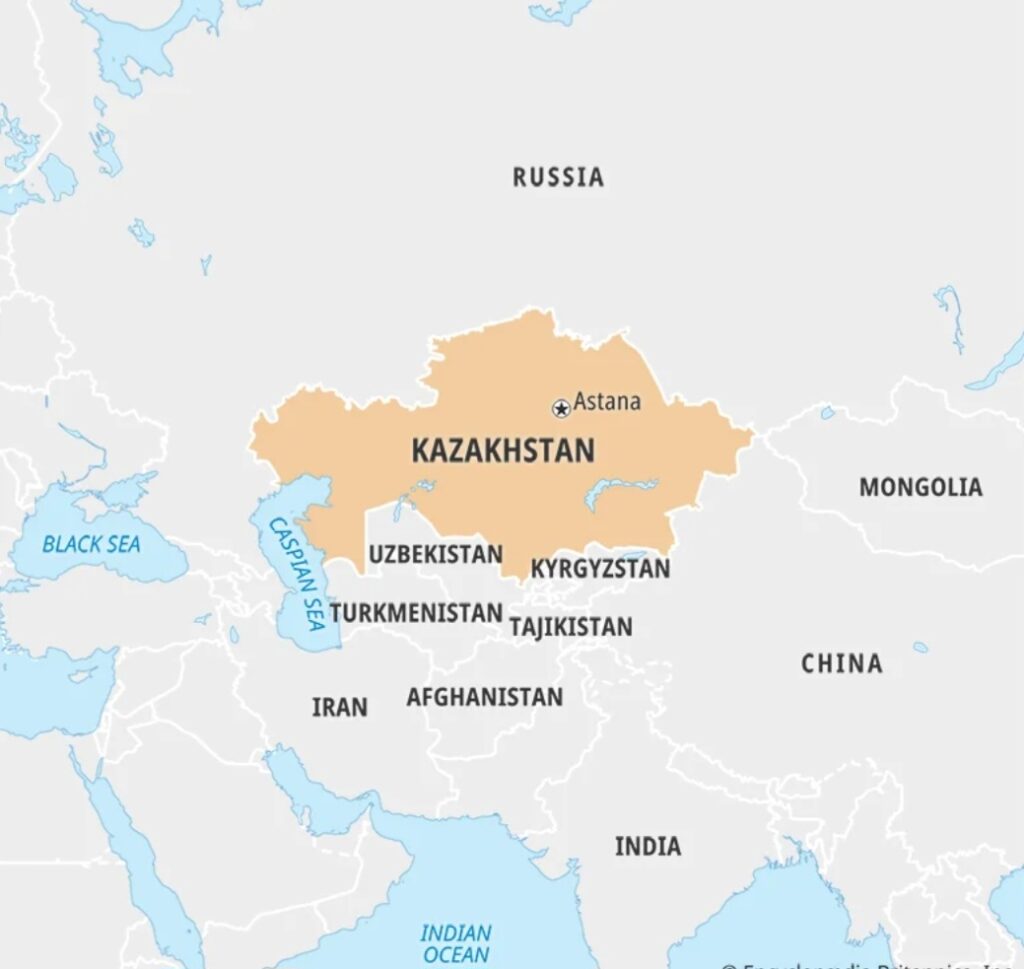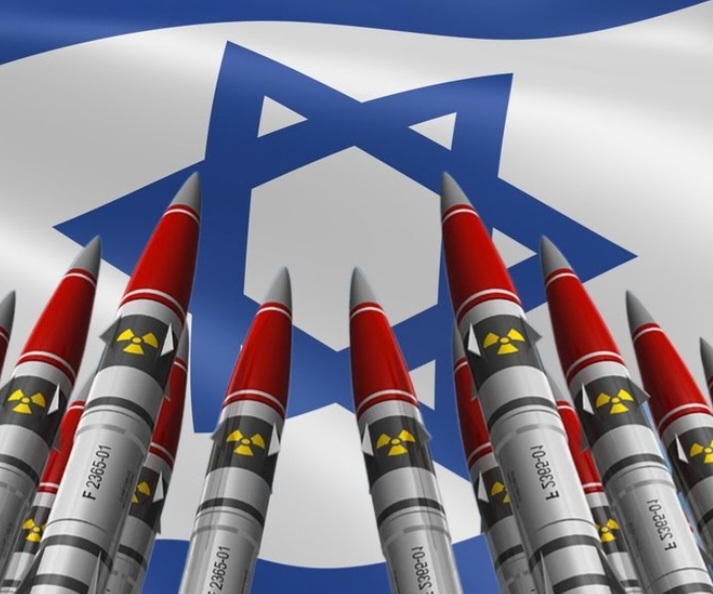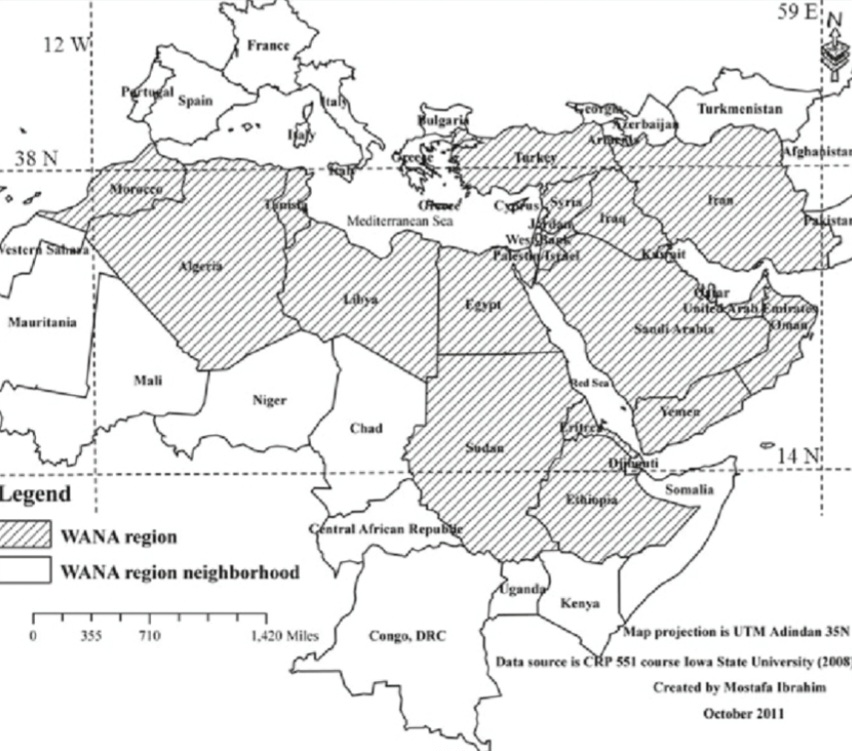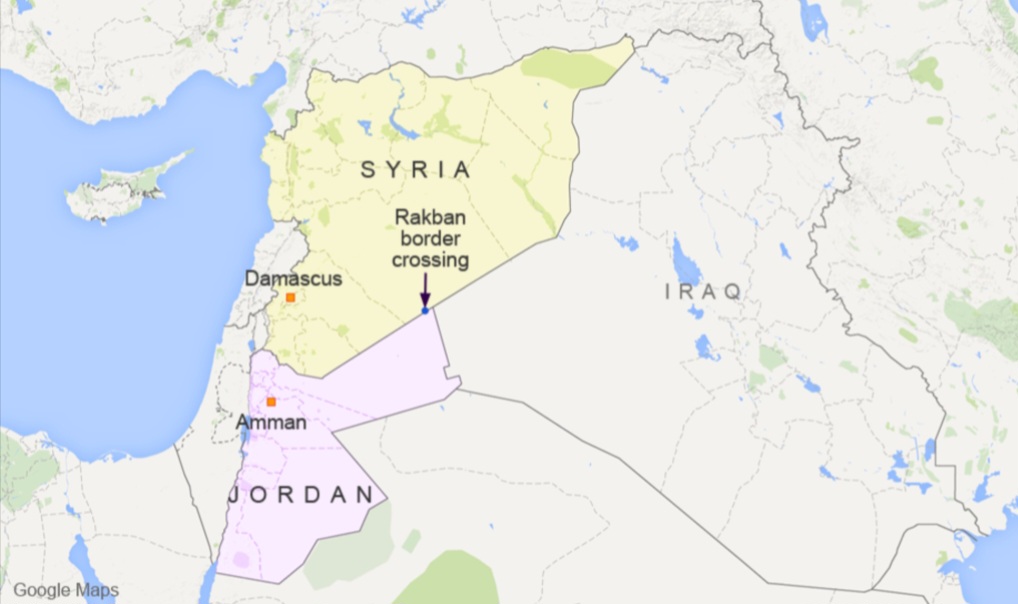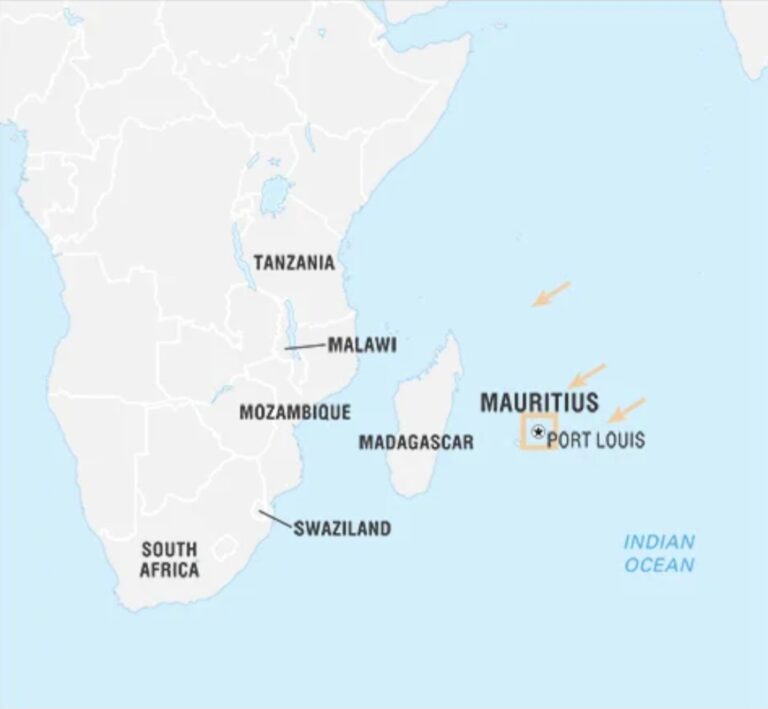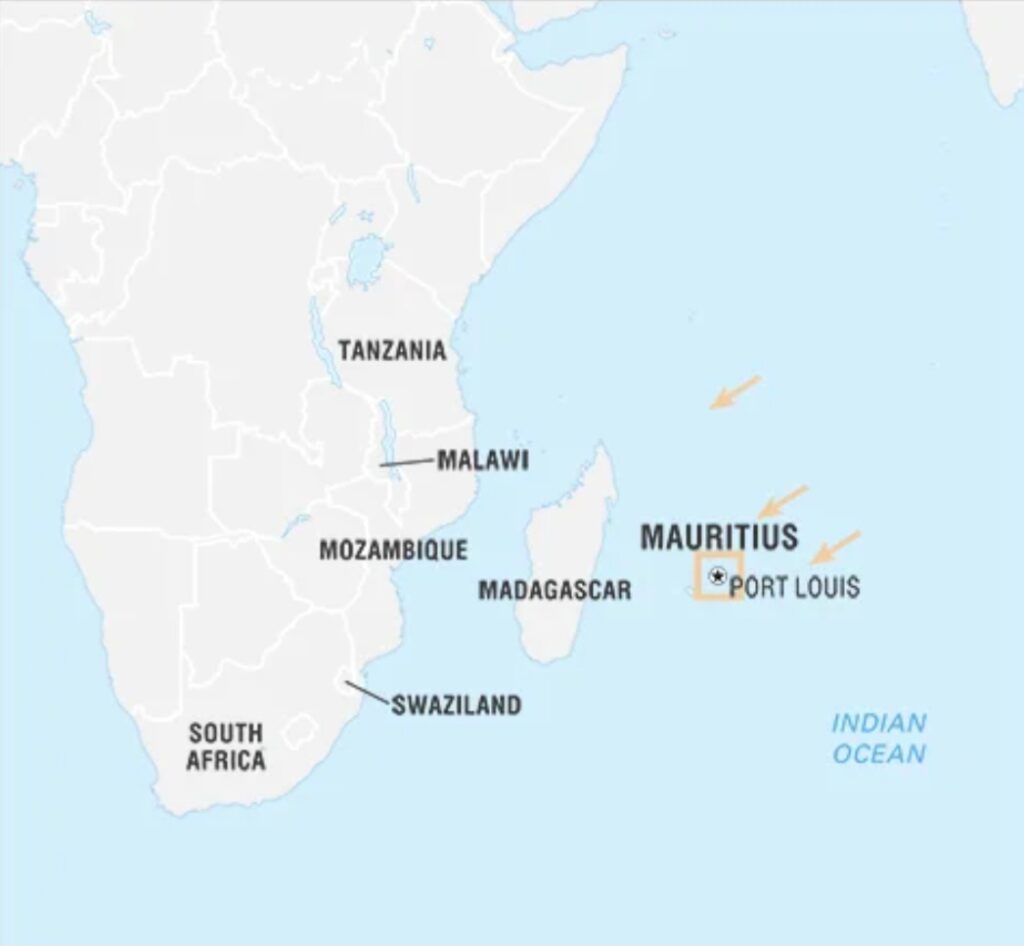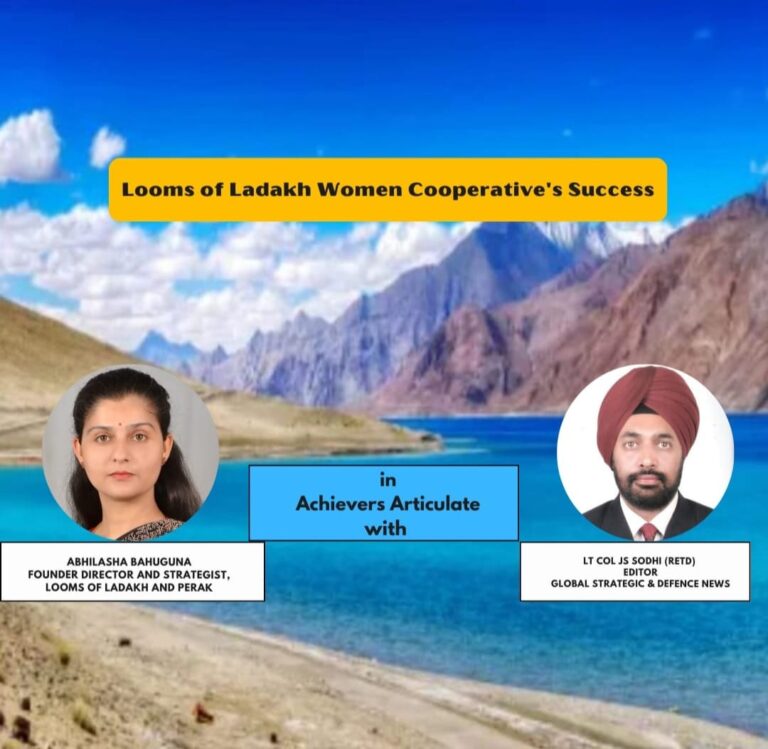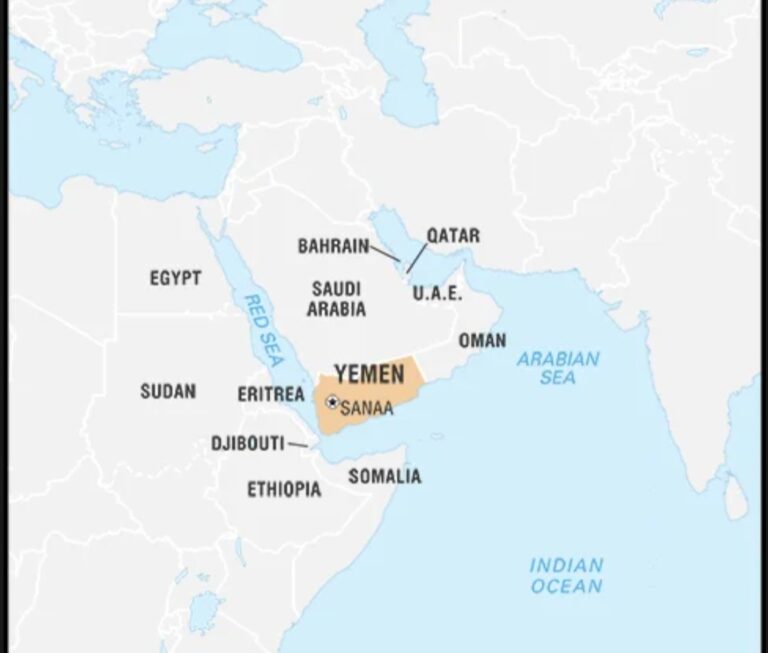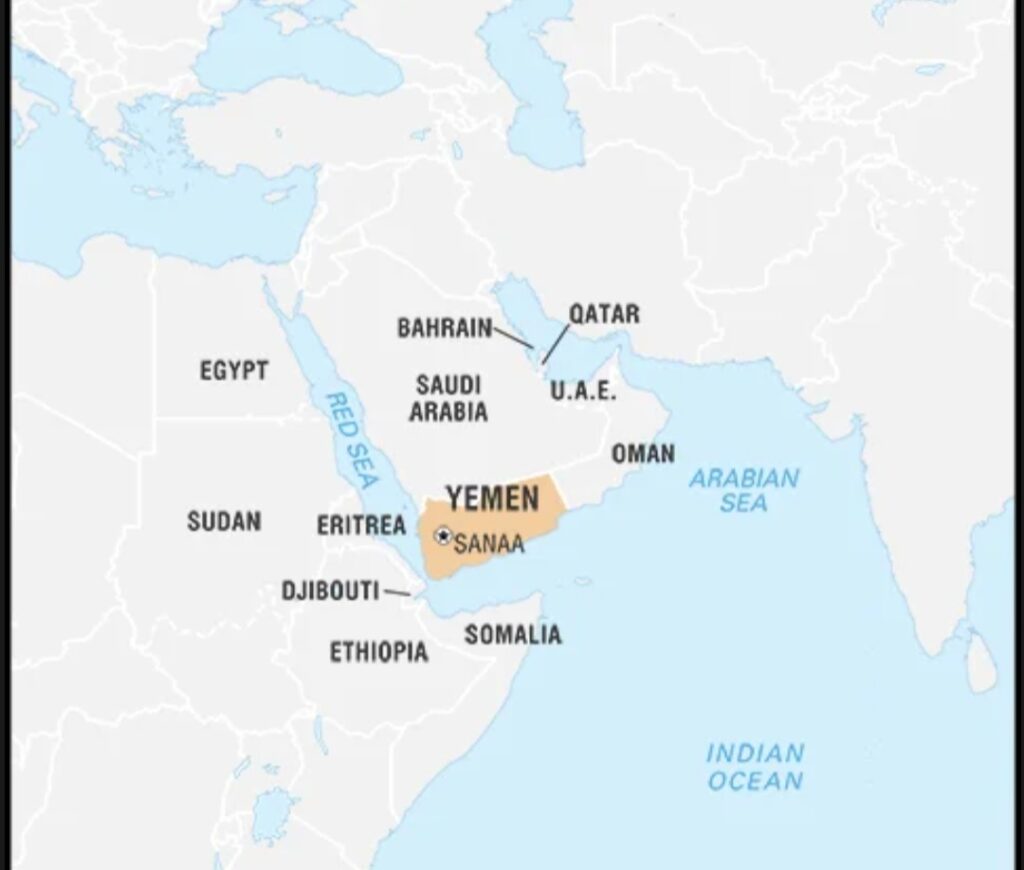By: Nihal Kujur
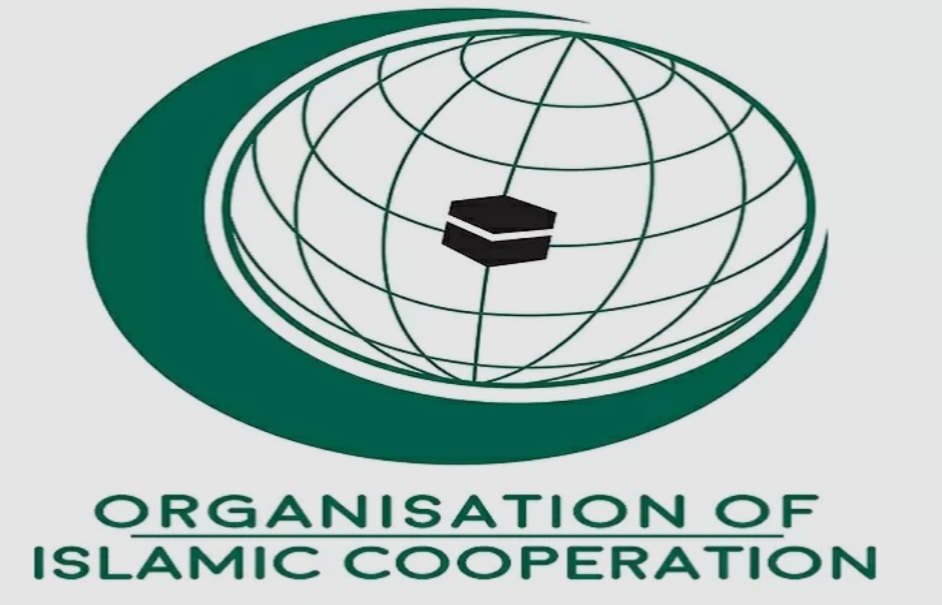
In the spirit of promoting international peace and harmony, the Organization of Islamic Cooperation (OIC) is the world’s second-largest organization founded on September 25, 1969 in Raba, Morocco as a Muslim world’s united voice that strives to promote and protect the interests of the Muslim world. The organization was formed in response to an attack on Al-Aqsa Mosque, the third holiest site in Islam located in Jerusalem, by an Australian extremist Jew in the same year. Its headquarters are in Jeddah, Saudi Arabia.
As violence erupted between Hamas and Israeli forces following an attack on Israel on October 7, 2023 Iran asked for an emergency meeting of the Organization of Islamic Cooperation (OIC). The Hamas attack, the most serious assault into Israeli territory in decades, coincides with US-backed efforts to persuade Saudi Arabia to normalize relations with Israel in exchange for a weapons contract between Washington and Riyadh. Such a move would put a halt to Saudi Arabia’s recent détente with Iran.
Iran’s support for Hamas is part of a larger network of militias and armed groups it backs throughout the Middle East, giving Iran a strong presence in Lebanon, Syria, Iraq, and Yemen in addition to Gaza. Along with Hamas, Iran’s support to Lebanon’s Hezbollah and Yemen’s Houthi rebels has made Iran an influencing player in the Middle East.
On November 11, 2023 a unique joint summit of the Arab League and the Organization of the Islamic Conference (OIC) happened in Riyadh putting aside their hostilities and differences to present a united front calling for an end to the Gaza war and rejecting Israel’s actions against Palestinians as self-defense.
Originally, just 22 Arab League members were anticipated to attend, but the summit was eventually enlarged to include the Organization of Islamic Cooperation (OIC), a larger group of 57 primarily Muslim-majority states to which the Arab League countries belong.
The unexpected return of the Palestinian issue to Arab and Muslim consciousness, as well as unquestioning support for Israel by the Western World, demanded a strong response, hence the meeting was concluded.
The young Prince of Saudi Arabia, Crown Prince Mohammed bin Salman popularly known as MBS, convened the summit and assumed the role of leader of the Arab-Muslim world by inviting his allies including Jordan, the Palestinian Authority, Egypt as well as his rivals including Iran, Türkiye, Qatar and Syria who was welcomed back into the Arab League this year, to unitedly reiterate their plea to the United States and Israel to cease the fighting in Gaza.
The meeting was another historical milestone because President Ebrahim Raisi also attended the meeting in Riyadh, marking the first visit by an Iranian president in 11 years to Saudi Arabia. The peace between Saudi and Iran was brokered by China in March of this year.
CONSENSUS
Hundreds of Arab and Muslim leaders had together condemned Israeli aggression against the Gaza Strip, war crimes, and barbaric and inhuman massacres perpetrated by the government. They demanded an immediate cease-fire, the removal of Gaza’s siege, and access to humanitarian relief in Gaza which all are desperate to do. They all condemned the forced relocation talks of Palestinians from Gaza to Egypt or the West Bank to Jordan and demanded an end to arms sales to Israel. They demanded that the peace process be restarted to allow for the formation of a Palestinian state alongside Israel. It emphasized that the Palestinian problem will be resolved based on a two-state solution and ending Israeli occupation.
The leaders requested that the United Nations Security Council to pass “a decisive and binding resolution” to put an end to Israel’s “aggression” in Gaza.
According to the final statement of the unusual joint Islamic-Arab summit in Riyadh, the International Criminal Court was urged to probe “war crimes and crimes against humanity that Israel is committing” in the Palestinian territories. The conference also called for an end to the siege of Gaza, access to humanitarian supplies, and an end to armament sales to Israel.
Saudi Crown Prince Mohammed bin Salman remarked that an immediate suspension of military operations in Gaza must be done and that all hostages and prisoners must be released. He went on to saying the summit that the Israel-Hamas war is a humanitarian crisis and that Israel is violating international humanitarian laws. He pointed out that the dual standards adopted by the world have proven the failure of international community and the UN Security Council.
“We are certain the only cause for peace is the end of the Israeli occupation and illegal settlements, and restoration of the established rights of the Palestinian people and the establishment of the state on 1967, with East Jerusalem as its capital,” he said.
DIFFERENCES IN
While everyone agreed on some topics, there was no agreement on others, where Iran’s views were the most confrontational.
Türkiye’s President Erdogan called for an international peace conference to find a permanent solution to the Israeli-Palestinian problem and asserted for a permanent ceasefire and not pauses for a couple hours. According to Palestinian President Mahmoud Abbas, Israel is waging an “unrivaled genocidal war” in Gaza, and the US should put pressure on Israel to agree to a truce. Sheikh Tamim bin Hamad Al Thani, Emir of Qatar, has questioned how long the international community will treat Israel as if it is beyond international law.
Iranian President Raisi, on the other hand, praised the Palestinian Islamist militant group Hamas for battling Israel and asked Islamic countries to strike Israel with oil and goods sanctions. “There is no other option but to oppose Israel. “We kiss Hamas’ hands for its resistance against Israel,” Raisi declared in his speech. Raisi emphasized that Washington in support of Israel, uses veto in the UN to any resolution that prohibits the killing of Palestinians.
Some Arab countries, led by Algeria, have called for an end to diplomatic relations with Israel. While other Arab countries that have established diplomatic relations with Israel, such as the United Arab Emirates and Bahrain, are fighting back, emphasizing the importance of keeping lines open in order to retain diplomatic relations with Israel despite rising international pressure on Islamic countries to condemn Israel’s shelling of the Gaza Strip.
Earlier at a press conference in Tel Aviv, Israeli Prime Minister Benjamin Netanyahu asked Arab leaders to condemn and oppose Hamas. While in the summit, Iran requested for arming the Palestinians which the rest of the Islamic world refused. Most Islamic countries do not wish to arm terrorist organizations like Hamas. The summit, in fact, emphasized recognizing only the Palestine Liberation Organization (PLO) as the official representative of Palestinians—but it also declares that all other Palestinian factions should operate “under a PLO-led national partnership.”
Iran requested a trade boycott on Israel, particularly in the energy sector, by imposing an oil embargo on Israel. The oil embargo has been a powerful weapon in the hands of Arabs, but Saudi Arabia has denied as it does not wish to go that lane. Thus, Raisi’s proposals were mostly rejected.
Rasi also urged Muslim countries attending the special Islamic-Arab summit to label Israel’s army a “terrorist group” for striking civilians in the Gaza Strip. “Gaza is not a place for words. It should be for action,” said Iran President Ebrahim Raisi earlier in Tehran. “Today, the unity of the Islamic countries is very important,” he went on to say.
CONCLUSION
While the war has disrupted traditional Middle Eastern alignments, with Riyadh strengthening connections with Iran, resisting US pressure to denounce Hamas, and delaying plans to normalize relations with Israel, the OIC could only agree on a ceasefire and humanitarian aid to Palestinians, but nothing severe. It demonstrated Islamic unity among Muslim nations, such as Iran’s president visiting Saudi Arabia and that despite internal disagreements in the Islamic world, the Israel-Gaza war can bring them all together.
Iran’s constant support to Hamas as well as Lebanon’s Hezbollah and Yemen’s Houthi rebels, puts it at the center of fears that the conflict may escalate. In addition, Iran’s convincing for further aiding the Hamas with arms in the summit and calling for Muslim solidarity in the war has portrayed Iran’s clear interests and intentions in the dynamics of Palestine and the Middle East. The battle has already fueled cross-border clashes between Israel’s army and Hezbollah, and the Houthis have claimed responsibility for “ballistic missiles” that the rebels alleged were intended for southern Israel.
Analysts believe Saudi Arabia is vulnerable to potential strikes due to its tight links with Washington and the fact that it was discussing normalizing relations with Israel before the war began which has now been halted due to the war.
The meeting intends to show how Arab and Islamic states are observing Israel and the United States’ movements and might intervene on the international stage as being the second largest inter-state organization to defend Palestine and its people, denounce the Israeli occupation, and hold Israel accountable for its crimes. However, without getting to a strong unified decision it will make no difference and would be insignificant to stop Israel from further escalating the war.



